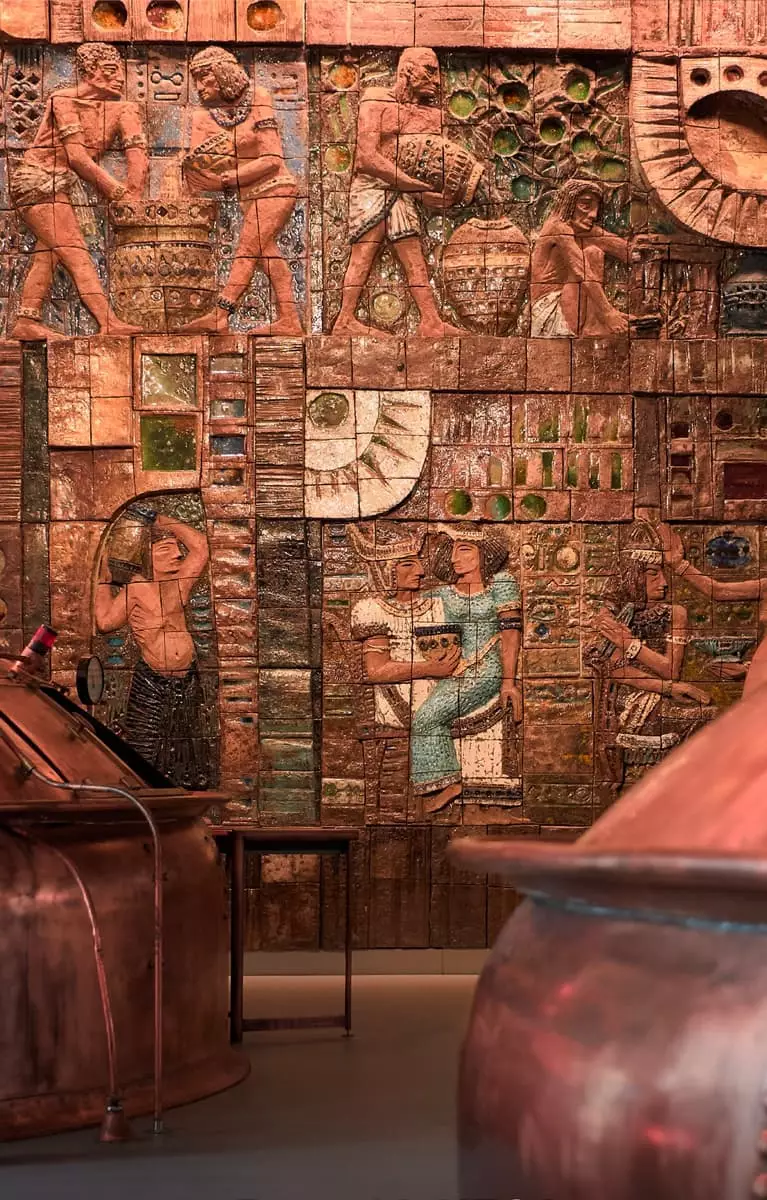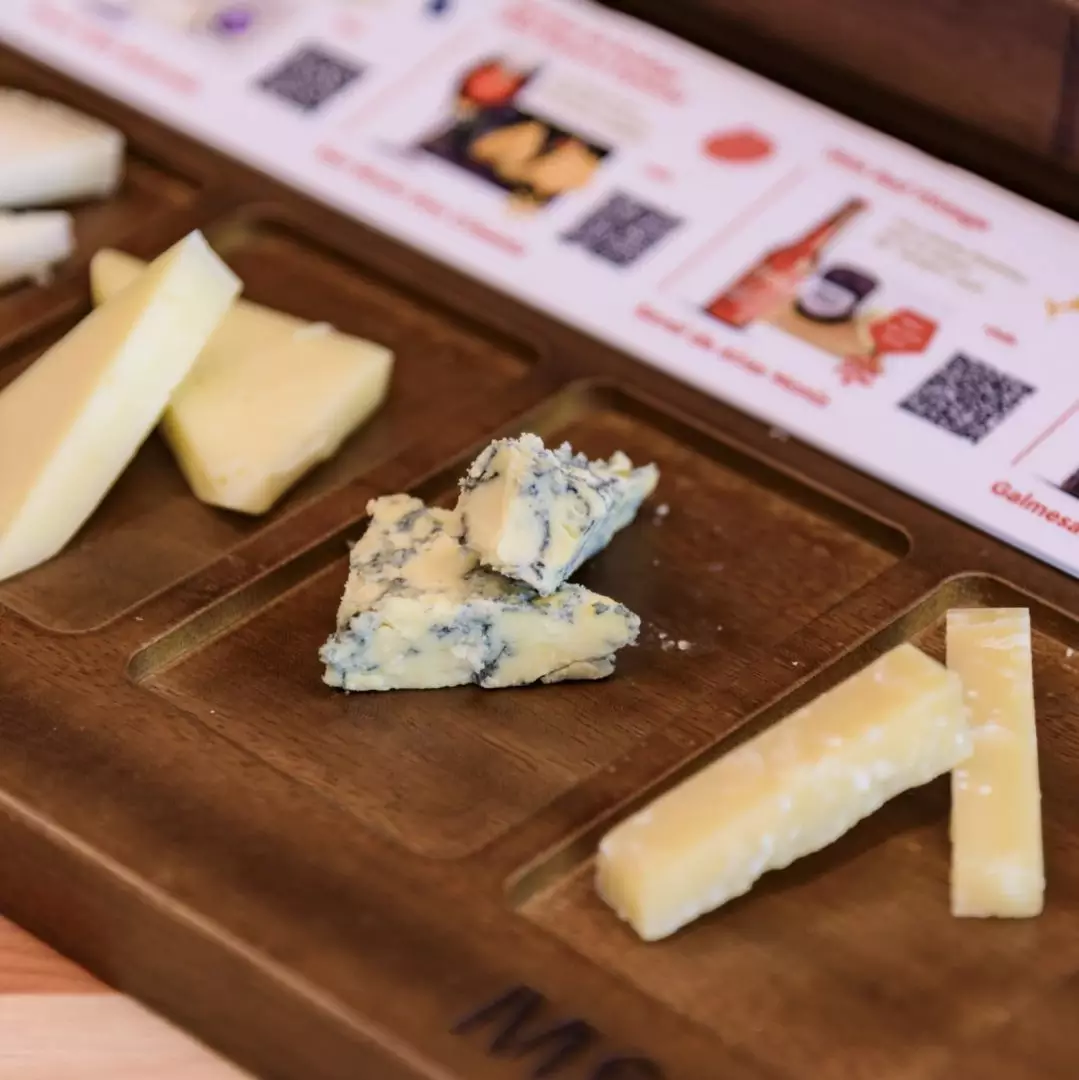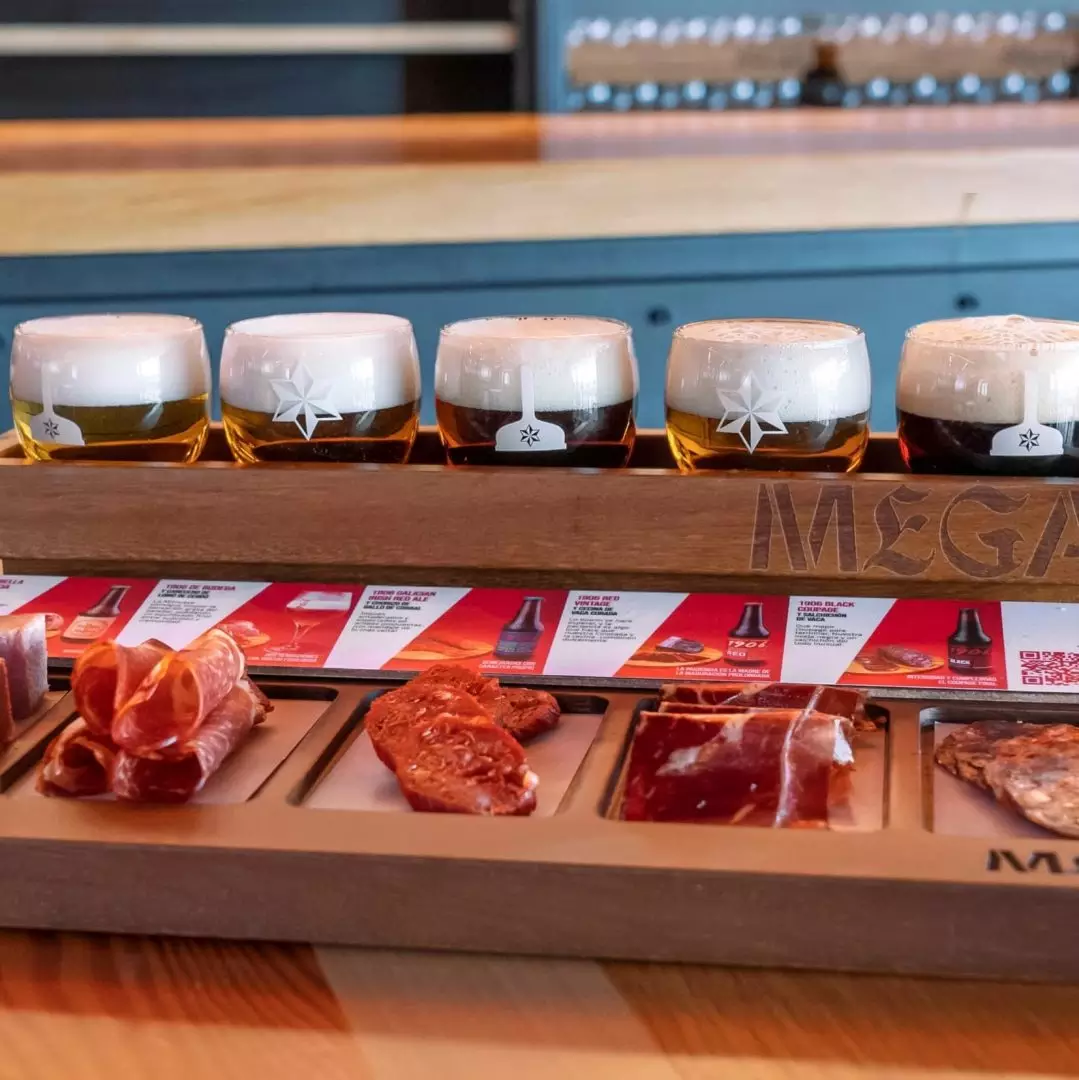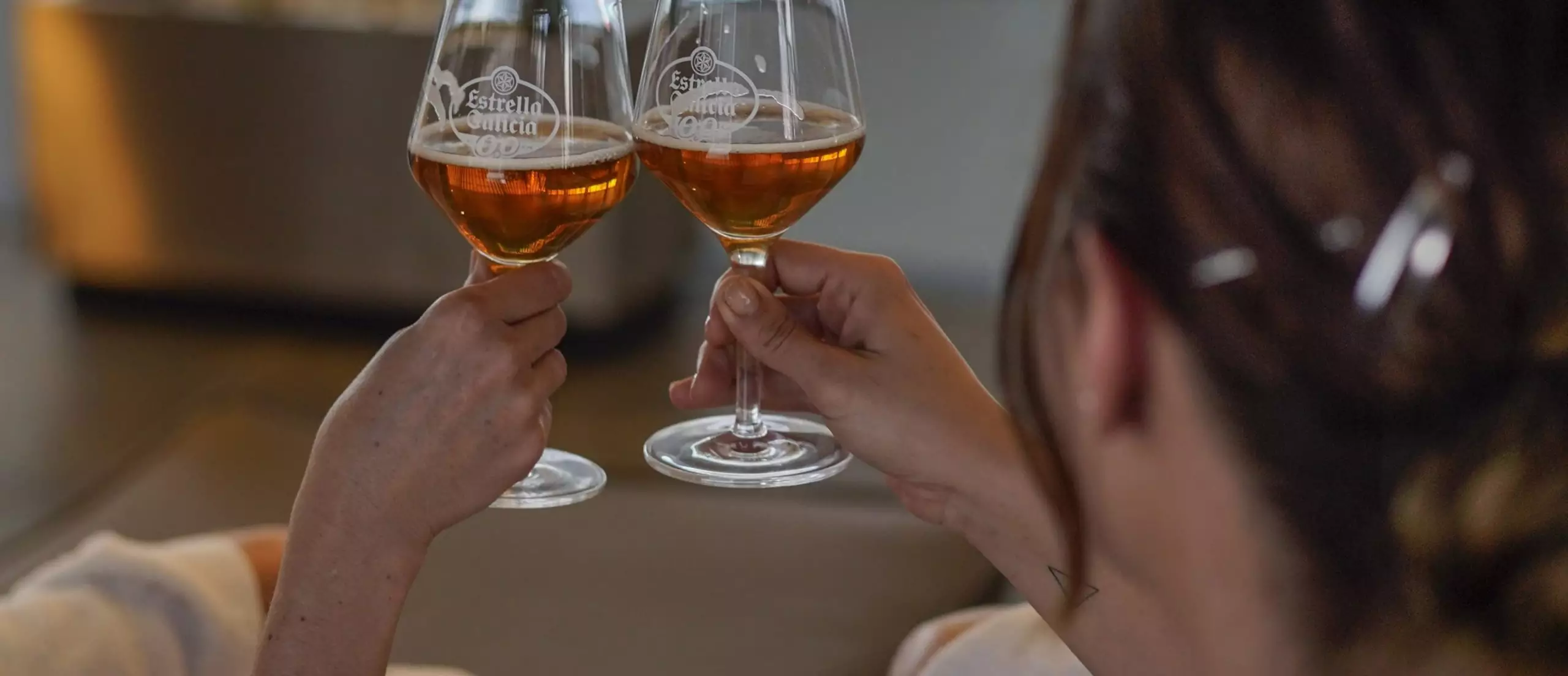
Vive la cerveza nivel mega
¿Preparado para vivir una experiencia cervecera interactiva, conocer el origen de Estrella Galicia y descubrir todos los secretos de la elaboración de Cerveza? Estás listo para visitar MEGA.
Guiada con Tiraje y Cata
Visita guiada
Tiraje de caña
Set degustación
Taller de cata
Tiraje de caña
Set degustación
Taller de cata
Relax a la cerveza
Masaje Termaria
Visita guiada
Tiraje de caña
Set degustación
Visita guiada
Tiraje de caña
Set degustación
Planazos nivel Mega
¿Sabías que teníamos una agenda con auténticos planazos? Todos nuestros eventos tienen un noseque-queseyo que te hará vivir la cultura de cerveza a otro nivel. Apúntate al próximo y disfruta de experiencias gastro, conciertos increíbles, fiestas temáticas…
BLOG
Todo lo que necesitas saber sobre elaboración y cultura de cerveza







































